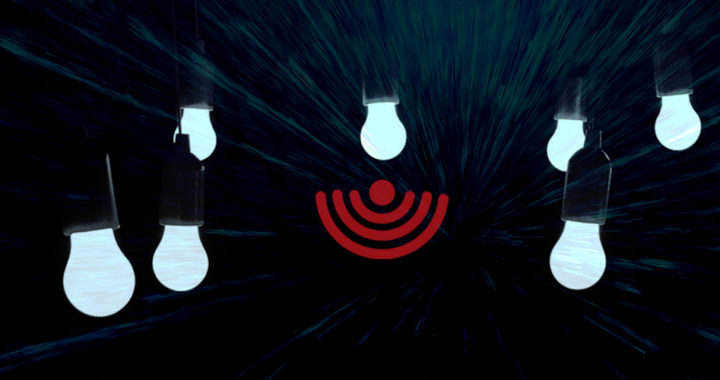German professor and wireless communication researcher Harald Haas introduced the concept of Light Fidelity and coined the term Li-Fi during his 2011 TEDGlobal Talk. He noted that wireless data transmission could be integrated with existing LED lighting fixtures and systems. His team at the University of Edinburgh demonstrated this process through a funded project that began in 2010 and ended in 2012. Haas now owns and operates the company PureLiFi as part of his attempt to commercialize LED-based Li-Fi technology and products.
The origins of optical wireless communication and visible light communication technologies can be traced back to the 1880s. The principle behind Li-Fi is based on these two. The presentation of Haas also marked a renewed interest in exploring wireless communication technologies beyond radio waves and microwaves. Li-Fi also has notable advantages over Wi-Fi and other radio-based wireless transmission technologies. Several companies and groups launched the Li-Fi Consortium in 2011 to develop Li-Fi technologies further.
How Does Li-Fi Work: A Quick Explainer
The working principle behind this technology is simple. This technology is similar to Wi-Fi and other wireless communication technologies because it also uses electromagnetic radiation to transmit data over free space. It is important to underscore the fact that Wi-Fi and most wireless communication technologies such as Bluetooth and longer-distance 3G and 5G mobile or cellular network technologies use radio waves and microwaves.
Li-Fi uses higher-frequency electromagnetic radiation within the infrared light, the visible light, and ultraviolet radiation regions of the electromagnetic spectrum. Existing Li-Fi operational concepts and experimental applications currently involve the use of visible light. Haas and his team have promoted the use of light-emitting diode or LED lamps to deploy this technology. Other researchers and companies have supported this idea.
A particular LED lamp acts as the transceiver or wireless network router for processing data from an external source and forwarding the corresponding data packets between computers or devices. LED lamps are ideal because their emitted light can be dimmed or intensified at high speeds without being visible to the human eyes. This intentional flickering or the small and rapid changes in the intensity of light corresponds to a signal.
Hence, when used for wireless optical data transmission, an LED lamp is equipped with a signal processing component to process data from an external source such as an optic fiber cable line. This component converts the data into pulses of lights or signals. The signals are then forwarded to photo-detectors or photodiodes. It is important to reiterate the fact that these pulsating lights or signals correspond to the flickering or dimming of the LED lamp.
The photo-detectors or photodiodes also process light pulses or signals from the LED lamp and convert them into electrical signals. These electrical signals are further converted into a binary data stream. The data stream can correspond to various digital data such as text, digital image or graphic content, audio or video files, software applications, or websites. A device should be equipped with a photo-detector to be compatible with Li-Fi.
Rundown: Summary of How Li-Fi Works
- The following is a quick rundown of the working principle behind Li-Fi technology based on the discussion above:
- Data from an external source such as the fiber optic or copper cable of an internet service provider is fed into a Li-Fi LED lamp. This lamp acts as a router.
- The LED lamp processes these data from the external source and converts them into pulses of light or light signals using a signal processing technology.
- Light signals are produced through the rapid dimming and intensification of light coming from the LED lamp or flickering at different rates and intensities
- A receiving device converts these signals into electric signals and converts them back into a binary data stream using a photo-detector or photodiode receiver.
- Take note that this device processes the binary data stream as digital data that are displayable as digital image, application, media file, or text.

